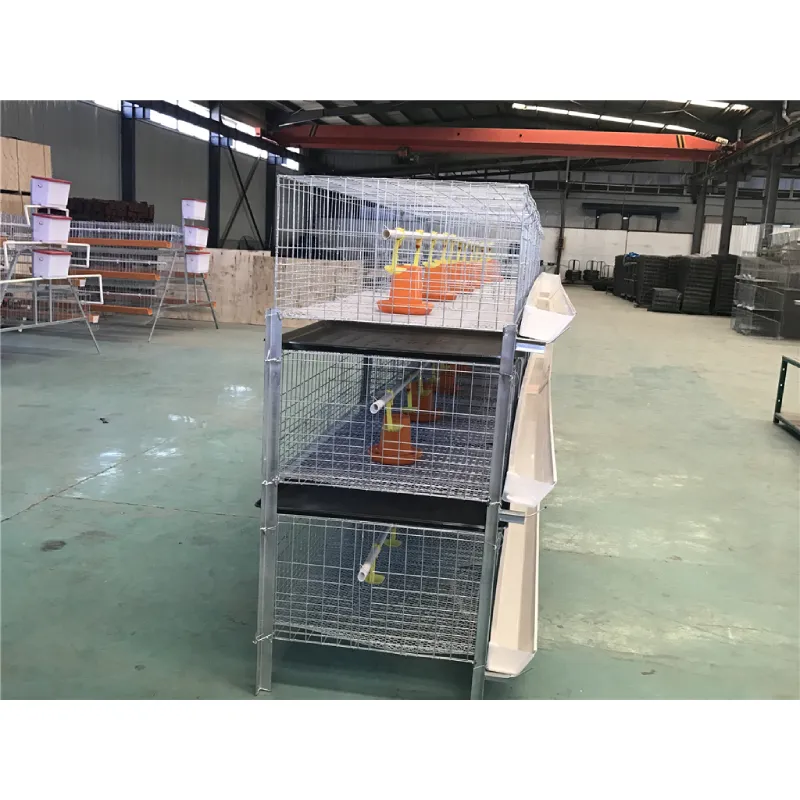Enhancing Livestock Nutrition with Advanced Feed Mixing Techniques for Optimal Growth and Health
Aug . 10, 2024 02:55 Back to list
Enhancing Livestock Nutrition with Advanced Feed Mixing Techniques for Optimal Growth and Health
Feeding and Mixing Solutions The Importance of a Feed Miller with Mixer
In the agricultural industry, efficient feed production is crucial for maximizing livestock productivity and ensuring animal health. The integration of a feed miller with a mixer is an essential component in the formulation of high-quality animal feeds. A feed mill is responsible for grinding and processing raw materials, while a mixer ensures that the feed ingredients are uniformly blended. Together, they play a vital role in the overall feed manufacturing process.
The Role of Feed Millers
Feed millers are responsible for converting raw agricultural products, such as grains, oilseeds, and by-products, into nutritious animal feeds. This process involves several steps, including grinding, pelleting, and quality control. The grinding process reduces the particle size of the raw materials, which is crucial for promoting digestibility and nutrient absorption in livestock. The fineness of the grind is adjusted based on the type of animal being fed, as different livestock species require different feed textures.
Furthermore, feed millers must ensure that the feed produced meets specific nutritional standards. The formulation of animal diets often involves incorporating vitamins, minerals, and other additives that cater to the dietary needs of different animals. This requires a thorough understanding of animal nutrition and the ability to formulate rations that enhance growth, reproduction, and overall health.
The Importance of Mixing
Once the raw materials have been processed, the next step is mixing. A feed mixer is essential in ensuring that all ingredients are evenly distributed throughout the feed. This step is crucial because unevenly mixed feed can lead to nutrient imbalances, potentially harming the health and productivity of livestock. For example, if certain vitamins or minerals are concentrated in only a portion of the feed, animals may not receive the necessary nutrients for optimal growth.
feed miller with mixer

There are various types of mixers available, including horizontal, vertical, and batch mixers. Each type has its advantages, and the choice largely depends on the scale of the operation and the specific requirements of the feed formulation. Advanced mixing technologies can enhance the uniformity of the feed, ensuring that each animal receives a consistent diet.
Enhancing Efficiency with Technology
Modern feed mills are increasingly adopting advanced technologies to improve efficiency and output. Automation systems can streamline operations, from ingredient weighing to mixing and pelleting. This not only reduces labor costs but also minimizes human error, ensuring a higher quality feed product.
Moreover, software solutions are available to assist feed millers in formulating balanced diets based on real-time data about ingredient availability, cost fluctuations, and nutritional requirements. These tools help millers make informed decisions and adapt quickly to changing market conditions, improving the overall sustainability and profitability of the feed production process.
Conclusion
In conclusion, the role of a feed miller combined with a mixer is indispensable in the agricultural industry. Together, they ensure the production of high-quality, nutritionally balanced animal feeds that promote the health and productivity of livestock. As technology continues to evolve, the integration of advanced mixing solutions within feed mills will enhance operational efficiency and support the growing demand for sustainable livestock production. Ultimately, the consistent production of quality feed is a cornerstone of successful animal husbandry, fostering a robust agricultural sector that meets the nutritional needs of a growing global population.
-
Hot Sale 24 & 18 Door Rabbit Cages - Premium Breeding Solutions
NewsJul.25,2025
-
Automatic Feeding Line System Pan Feeder Nipple Drinker - Anping County Yize Metal Products Co., Ltd.
NewsJul.21,2025
-
Automatic Feeding Line System Pan Feeder Nipple Drinker - Anping County Yize Metal Products Co., Ltd.
NewsJul.21,2025
-
Automatic Feeding Line System - Anping Yize | Precision & Nipple
NewsJul.21,2025
-
Automatic Feeding Line System - Anping Yize | Precision & Nipple
NewsJul.21,2025
-
Automatic Feeding Line System-Anping County Yize Metal Products Co., Ltd.|Efficient Feed Distribution&Customized Animal Farming Solutions
NewsJul.21,2025






